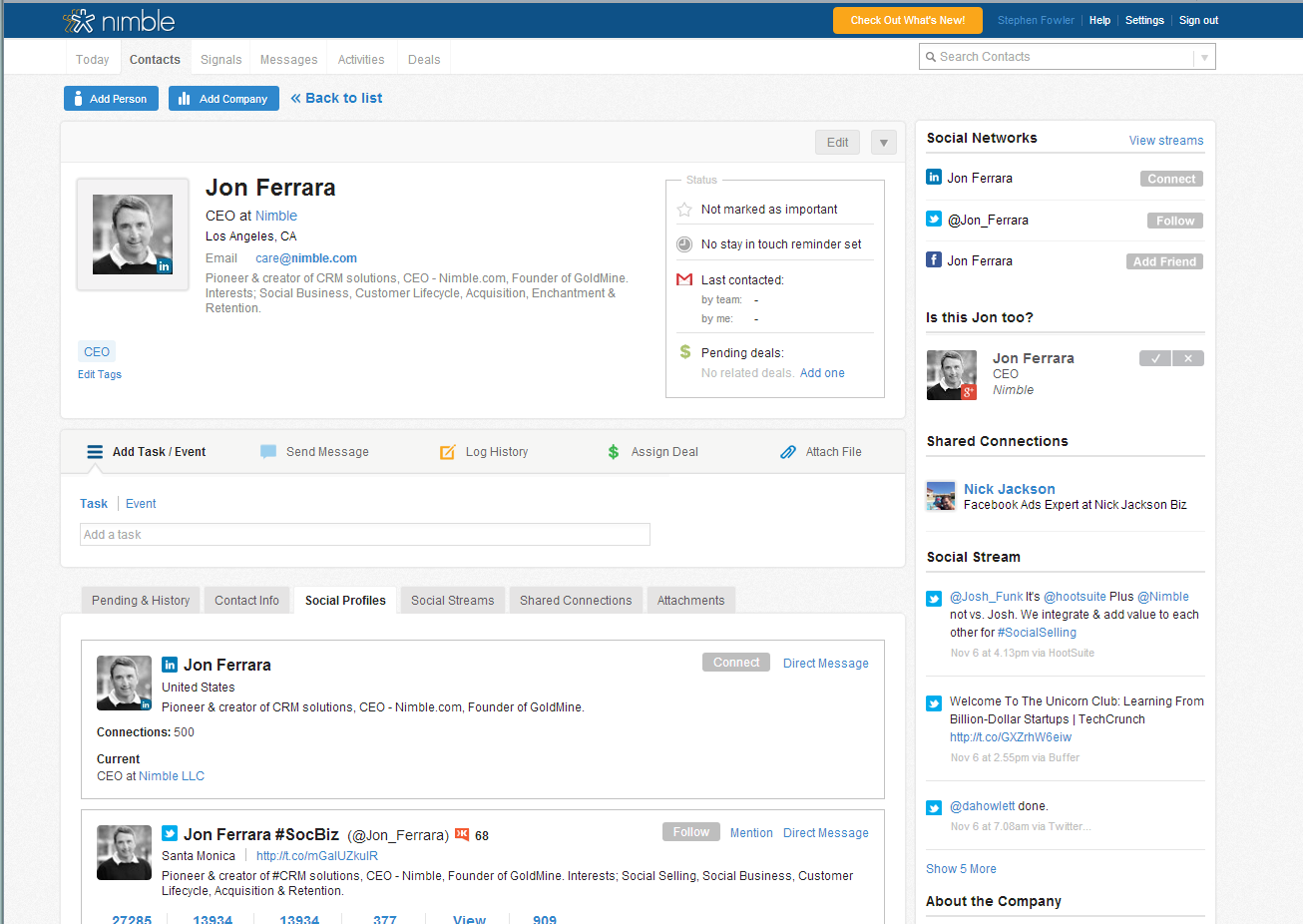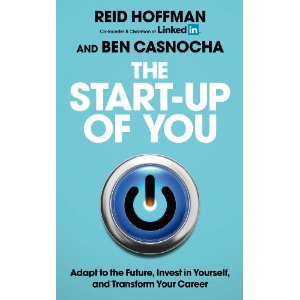Has remote working gone too far or not far enough?
Despite some firms pulling remote workers back to the office, experts find a revolution in where, when and how people work is underway
When Yahoo’s CEO Marissa Mayer issued an ultimatum to the company’s remote workers – return to the office or quit – it sparked a debate over whether new ways of working have gone too far. Some critics claimed organisations had allowed people to become too disconnected. Others feared remote working was killing collaboration and the ad hoc exchange of knowledge.
But new evidence suggests agile working isn’t about to disappear. In fact, two experts predict that more and more employees will decide when, where and how they do their jobs as communications technology, demographic shifts and globalisation drive a revolution in working practices over the next decade.
No turning back
 In Future Work: Changing Organizational Culture for the New World of Work, Alison Maitland, a Senior Visiting Fellow at Cass Business School, and Peter Thomson, an Executive Visiting Fellow at Henley Business School, claim we are in the early stages of a transformation of work and there is “no turning back”.
In Future Work: Changing Organizational Culture for the New World of Work, Alison Maitland, a Senior Visiting Fellow at Cass Business School, and Peter Thomson, an Executive Visiting Fellow at Henley Business School, claim we are in the early stages of a transformation of work and there is “no turning back”.
In the book’s newly published second edition, they provide compelling evidence that progressive work practices are gaining momentum throughout the world. And far from being the preserve of a few trendy tech companies, even investment banks and insurance firms are starting to embrace them.
“In the two years since the publication of the first edition of Future Work, we have seen yet more evidence that there is a revolution in working practices on the way,” says Maitland.
“Given the economic downturn of the last few years, it might be thought that organisations would revert to ‘safe’ traditional practices and abandon agile working as a luxury. Yet we are seeing more companies recognising the need to adopt progressive working practices, even in traditionally conservative sectors such as law and investment banking. Companies like GAP and BDO in the US have meanwhile strongly reaffirmed their commitment to future work practices on the grounds that they are good for business and for employee wellbeing.”
The updated, expanded edition of the book includes an extra chapter on how to implement future work, including how individuals can drive change and how to avoid technology overload. Thomson explains: “The debate over Yahoo highlighted how important it is to manage new working patterns effectively. Poor management can, at one extreme, lead to people becoming disaffected and cut off from the organisation, and at the other extreme can mean people overwork and burn out. The solution to these challenges is not to give up and revert to out-dated working practices but for management and employees to work through the issues together.”
Industrial age
Maitland and Thomson argue that, while more companies are adopting radically new work styles, there are still many that cling to a rigid model of fixed working time and place that is better suited to the industrial age than the information age. Long hours are often required and rewarded without any measure of the productivity involved, and technology has simply extended working time instead of being used to enable “smarter” working.
There is overwhelming evidence that employees are more productive if they have greater autonomy over where, when and how they work. Trusting people to manage their own work lives, individually or in teams, pays off. Organisations that have switched to the new model also benefit from more motivated workers, better customer service and lower costs, say the authors.
Unilever, the global consumer goods multinational, has seen big business benefits from its Agile Working strategy over the past two years, including: €95m in cost savings from avoiding business travel; increased employee productivity; and the continuation of critical projects during disruption from major events such as the London Olympics and Hurricane Sandy.
“Leading companies’ experience of implementing future work also shows that there are key challenges to address, including getting the technology right for everyone, changing culture and attitudes, and being clear about boundaries,” says Maitland. “Working ‘anywhere, any time’ must not mean ‘everywhere, all the time’.”
New wave of adopters
Among the latest wave of firms Maitland and Thomson discover have adopted new ways of working is Swiss Re, a global reinsurance company. It has introduced its ‘Own the way your workTM’ programme in Switzerland, across the Americas, and in London, Munich, Sydney and Tokyo.
“The company wanted to move away from the idea that ‘face time’ and presence in the office were more important than results,” Maitland says. “There were clear business reasons for the switch, including the changing expectations of the workforce, and the need to keep operations going in the face of natural disasters like Japan’s 2011 Tohoku earthquake.”
The Royal Bank of Scotland has developed a group-wide agile working initiative named RBS Choice, while Credit Suisse, the global investment bank, has also started to introduce agile working. The events in recent years affecting the financial markets have “changed the way that people in this sector are recognised”, says Michelle Mendelsson, co-head of diversity and inclusion for Europe, Middle East and Africa at Credit Suisse. “We have to look for other ways to motivate and retain employees and enabling them to work in a way that suits them can help to raise levels of engagement.”
The book also tracks the emergence of new-style firms that are challenging the old model of work, such as Lawyers on Demand, and Matt Black Systems, an aerospace manufacturer where every employee has almost total autonomy to work as a “micro-enterprise” and there is no management hierarchy.
Making the transition
How then can organisations embed innovative working practices? The authors come up with five “TRUST” principles for firms that want to make a successful transition from the old to the new world of work.
They say the key to implementing future work is rewarding results, not hours. By clearly agreeing what needs to be achieved, managers can set their employees free from the constraints of presenteeism – the belief that they must be present in the workplace, often for long hours, regardless of whether there is work to do – and enable them to work more productively.
Gap, the clothing retailer, halved the rate of loss of employees in the production and design department of its Outlet division in California when it introduced a Results-Only Work Environment (ROWE).
“It’s like being back at college,” says Eric Severson, senior vice-president of Human Resources for Gap Inc. “People are held accountable for what they achieve rather than how much time they spend on a project or where they do the work.” Gap executives believe the approach has given them a three-year competitive advantage.
Maitland and Thomson point to the importance of trusting staff and understanding the business case for moving to future work. They also highlight the need to avoid prescription and uniform solutions, and say that change should come from the top.
“It takes bold leadership to break with old habits, but today’s workforce wants a new deal and it makes business sense to do it,” says Maitland. “Organisations that have discovered this are already reaping the rewards. Those that have not are in danger of being overtaken by events.”
Note to editors:
Future Work: Changing Organizational Culture for the New World of Work (Expanded and Updated ) by Alison Maitland and Peter Thomson, Palgrave Macmillan 2014. www.futureworkbook.com
The new edition of the business bestseller addresses the challenges for leaders in the face of social, technological and demographic changes. It includes three chapters of practical advice for managers, business leaders and individuals on how to get the most from new ways of working, and case studies illustrating how leading organisations are implementing agile working and gaining business benefits. The authors provide compelling arguments for ‘future work’ to be an integral part of business strategy, not just an HR policy.







